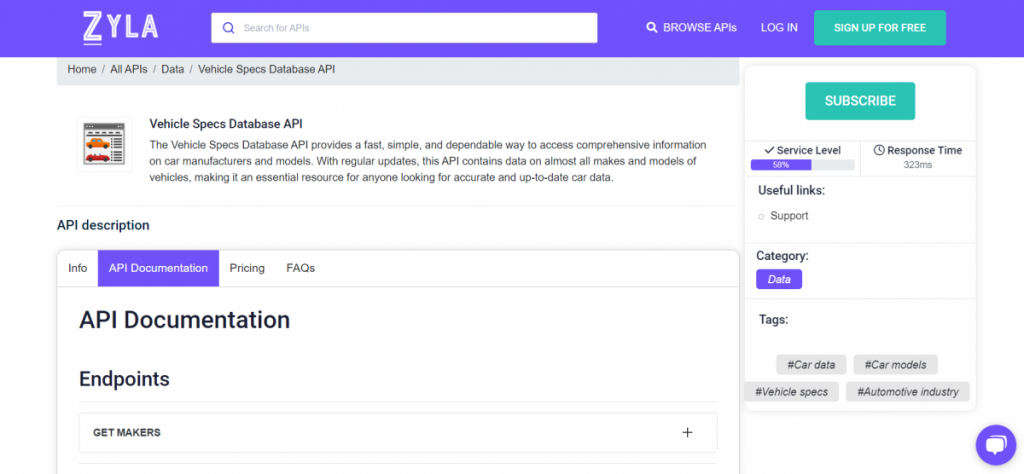Integrating Vehicle Database APIs into your website is a strategic move that can enhance user experiences and provide valuable information to your visitors. This guide will walk you through the process step by step, from understanding these APIs to ensuring data security and compliance. Also, we will show you which is the best Vehicle Database API and how to use it.
Understanding the Vehicle Database APIs
The Vehicle Database APIs are powerful interfaces that connect your website to a comprehensive repository of vehicle-related data. They enable real-time access to vehicle information, specifications, pricing, and more.
Preparing Your Website for Integration
Ensure your website meets the prerequisites for API integration, which may include a development environment, internet access, and a clear understanding of your integration goals.
Selecting the Right API Provider
Choose the right API provider based on factors such as data coverage, reliability, scalability, and support. Select a provider that aligns with your specific website integration needs. Obtain API credentials, such as an API key, to access the Vehicle Database API securely. Store these credentials safely to protect sensitive data. Also, you must check all the available endpoints.
Testing and Quality Assurance
Conduct thorough testing of the integrated feature to ensure its functionality, responsiveness, and accuracy. Prioritize data security by implementing encryption protocols and secure data handling practices to protect user data and API interactions.
Use The Vehicle Specs Database API From Zyla Labs!
The Vehicle Specs Database API from Zyla Labs is a RESTful API that provides comprehensive information on car manufacturers and models. It is a powerful tool that can be used to access accurate and up-to-date car data, including make, model, year, engine, transmission, fuel economy, horsepower, and more.
How To Use The Tool?
1: Create an account on the Zyla API Hub.
2: Select the API you want to use, in this case, Vehicle Specs Database API.
3: Choose one of the 5 available plans (basic, pro, pro plus, plus, and elite) and make the payment.
4: Select the endpoint you need and complete the Input Parameters.
5: When you’re done, click the “test endpoint” button, and in just a few seconds, you will receive the Vehicle Specs Information.
For example, the following request will return information about the 2023 Toyota Camry:
make: Toyota
model: Camry
year: 2023
engine: 2.5L 4-cylinder
transmission: 8-speed automatic
Fuel economy: 28 mpg city/39 mpg highway
horsepower: 203 hp
Currently, this Vehicle Specs Database API has 5 endpoints available to use. The endpoints are GET MAKERS, GET MODELS BY MAKER ID, GET GENERATIOS BY MODEL ID, GET TRIMS BY GENERATION ID, and GET VEHICLE SPECIFICATIONS. Also, you should know that it supports multiple programming languages such as JSON, Python, PHP, and C Language, among others.
Watch this video:
Integrating the Vehicle Database API into your website can be a transformative step, enhancing user experiences and providing valuable information to your visitors. By following this guide, you’ll be well-prepared to successfully integrate and maintain this powerful feature, ultimately benefiting both your website and its users.
Read this post: The Highest Accurate American Public Records API Around The World



